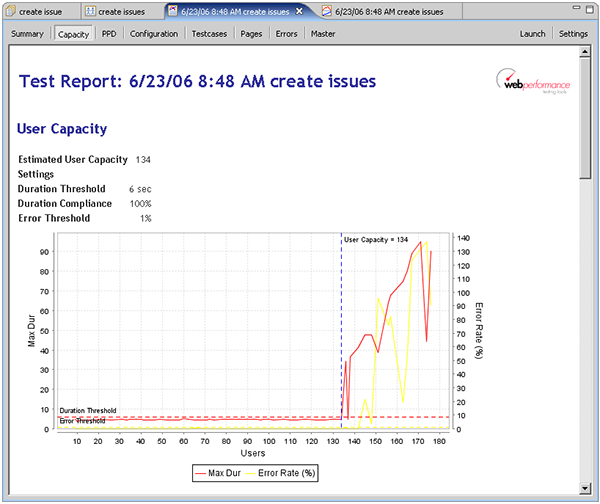

Knowing your company’s bandwidth is extremely important when deciding whether to accept or defer new business. Over time, tracked hours will accumulate and provide averages for the duration each task requires in your process. Therefore, without tracking your time you’ll never be able to validate if your hourly rate is accurate. If your hourly rate doesn’t accurately factor in all of your expenses, then it’s not doing your estimated project hours justice. However, if your team remains within range of the Estimated Hours to Complete Project, yet the profitability is still questionable then it’s time to reevaluate your hourly rate. Use time tracking per tasks to quickly identify and redirect stretching scopes when hours exceed the estimates. Tip #2: Often times, when estimated project hours are exceeded it is in direct correlation with a wandering scope.

This will help you identify when and for what the budget broke.

The truth is, as a manager, if find yourself continually going over budget and stretched past capacity, then you don’t know the importance of tracked time. There are the companies that micro-manage their employees with time tracking, ones that let the hours slip away as an act of defiance in structuring creativity, and others that hold paychecks hostage in light of unmarked time sheets.

#Trackingtime user capacity how to
The majority know it’s important, but most would disagree why and how to use it. Managers have many different views on the importance of tracked time and how to leverage it. After identifying the importance of tracking time, we’re ready to fight back. As a company that doesn’t charge clients hourly, we periodically lose sight of the value in tracking time. Ready the horses, man the walls, heat the oil, and get out your timesheets. The goBRANDgo! crusade against untracked time has begun.Īdmittedly, we’ve found ourselves losing this battle more often than not in the past.


 0 kommentar(er)
0 kommentar(er)
